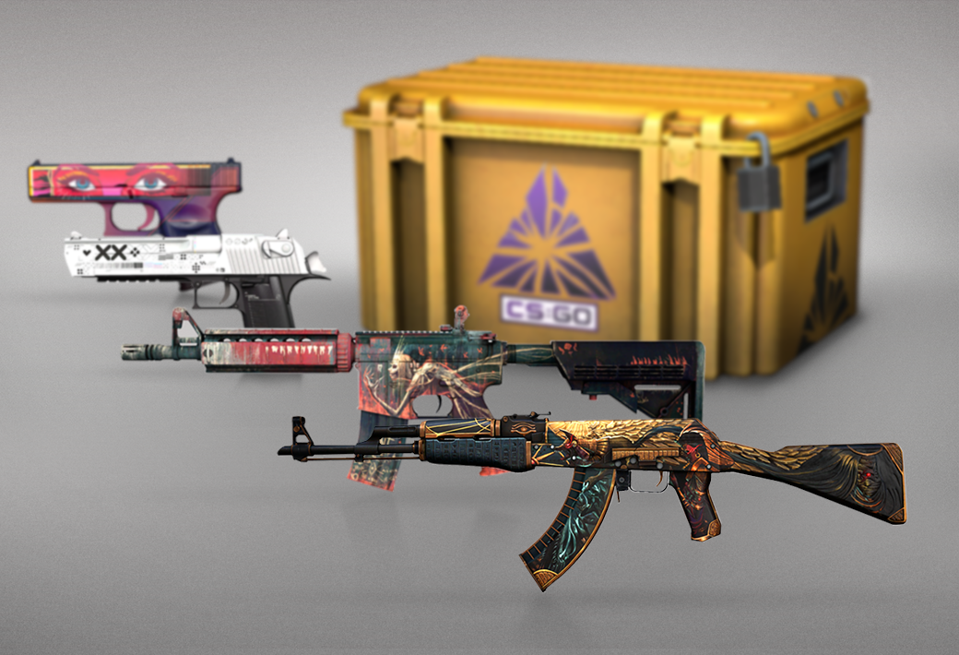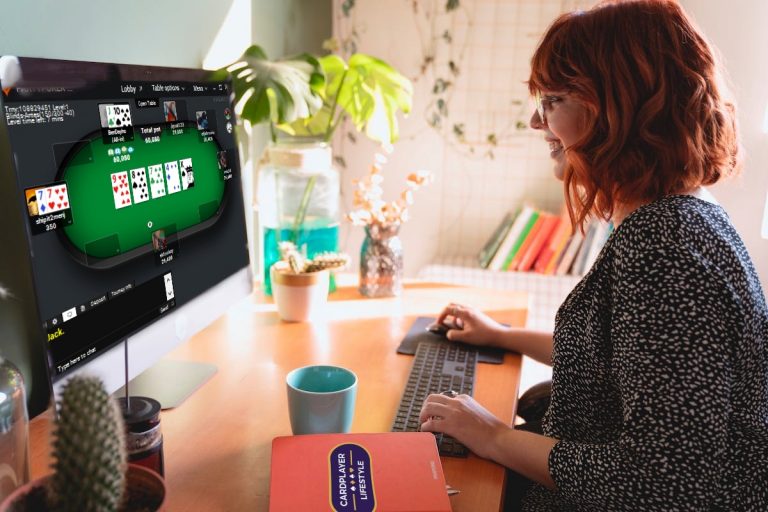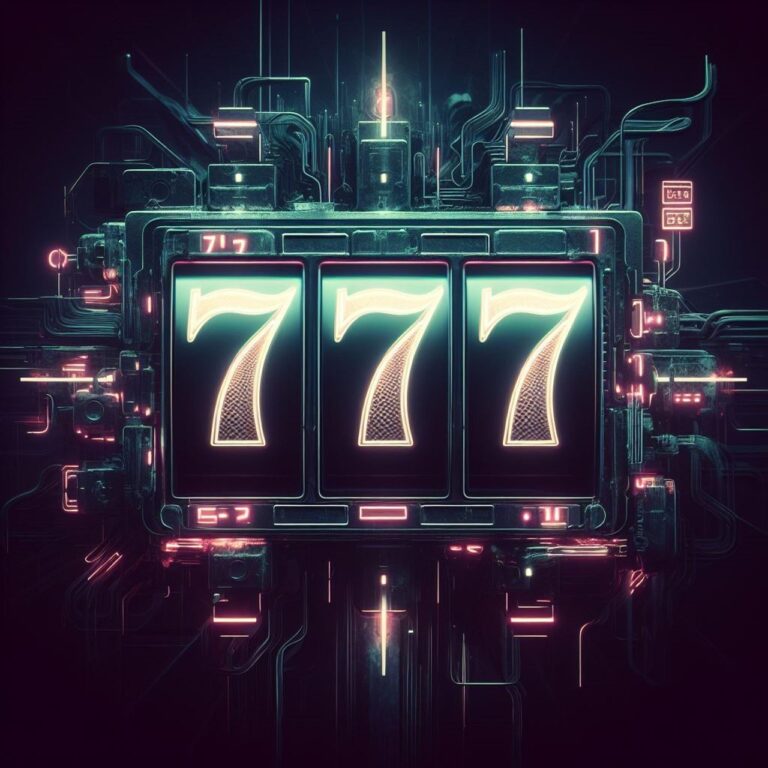When people think of Counter-Strike, the first thing that comes to mind is gunplay, team-based tactics, or iconic esports highlights. However, behind that, there’s another side of the CS world that has grown massively over the past decade – the realm of gambling.
For better or worse, Counter-Strike gambling has become a defining part of the game’s culture. It all started with simple bets, but has now developed casino-style platforms – it’s clear that gambling isn’t just a side feature anymore. It has become a major force in the CS2 community, so why has it become so popular?

Image credit: Valve
Skins Created an Economy and an Opportunity
All of this started when Valve introduced weapon skins in CS:GO in 2013. People thought skins were just a way to customize their loadouts, but little did they know it’d turn into a multi-million-dollar economy. The combination of rarity, visual appeal, and tradability turned skins into a digital currency.
As the value of skins rose, players naturally began to look for ways to use them beyond just flexing in game. First, it started with trading skins, but soon after, gambling became the perfect fit. Suddenly, your knife wasn’t just a cool item – it could be used as gambling chips in a game of chance.
This became the foundation for everything that followed: jackpot, case battles, coinflips, crash – these are all games that are fueled by the desire to turn cheap items into something expensive.
Gambling – A New Layer of Excitement
Let’s be honest – Counter-Strike matches are already intense, but gambling adds an entirely new thrill. Whether you’ve just gone all-in on a single coinflip, or are witnessing a crash multiplier go to 1000x, the risk-reward element makes every moment feel like high stakes.
Counter-Strike gambling taps to the same energy that draws people to loot boxes, poker, or even sports betting. There’s that mix of suspense, luck, and adrenaline. For many, it’s entertainment in its own right that’s separate from the game itself.
Naturally, this has many parallels. Any sports fan knows that rooting for your favorite team to win is fun enough, but when you add a little bit of a wager into the mix, the game becomes that more exciting to watch. This holds true in poker as well. Even if you’re not the one playing cards, it’s possible to stake players via sites like Pokerstake and then have a piece of their action while they play and try to make it into the winner’s circle. Playing poker = great. Watching poker = not as great; however, if you’ve got a nice little sweat, watching poker becomes FAR more interesting.
Gambling Feeds the Skin Market
In any event, both the trading and gambling scenes were rapidly growing in the CS ecosystem, and the relationship between skins and gambling is symbiotic. The more players gamble, the more skins circulate. And the more rare skis exist in the economy, the more players want to gamble for a shot at winning one.
Gambling platforms offer exclusive skins, upgrades, or battle rewards that will eventually feed back into the market when these skins go through changes of hands. This keeps the trading skins active, and the skin prices going – which, in turn, sustains the broader CS2 community.
Gambling is truly one of the reasons why Counter-Strike’s skin economy remains one of the strongest in gaming.
Streamers and Social Media Add to the Hype
A huge part of why gambling blew up in the CS scene comes from content creators. YouTubers and streamers record themselves doing case openings, getting crash wins, and engaging in massive coinflips. This makes for addicting content that has drawn more players into the world of skin gambling.
Giveaways, affiliate bonuses, and promo codes also keep the audience engaged. Even if someone doesn’t gamble themselves, they’re often watching someone who does – which continues to normalize and grow the practice.
The Gambling Industry Continues to Evolve
In 2025, sites continue to innovate and evolve. They’re adapting with better visuals, introducing mobile versions, and adding new game modes. The overall gambling experience is smoother, more competitive, and more interactive than ever.





